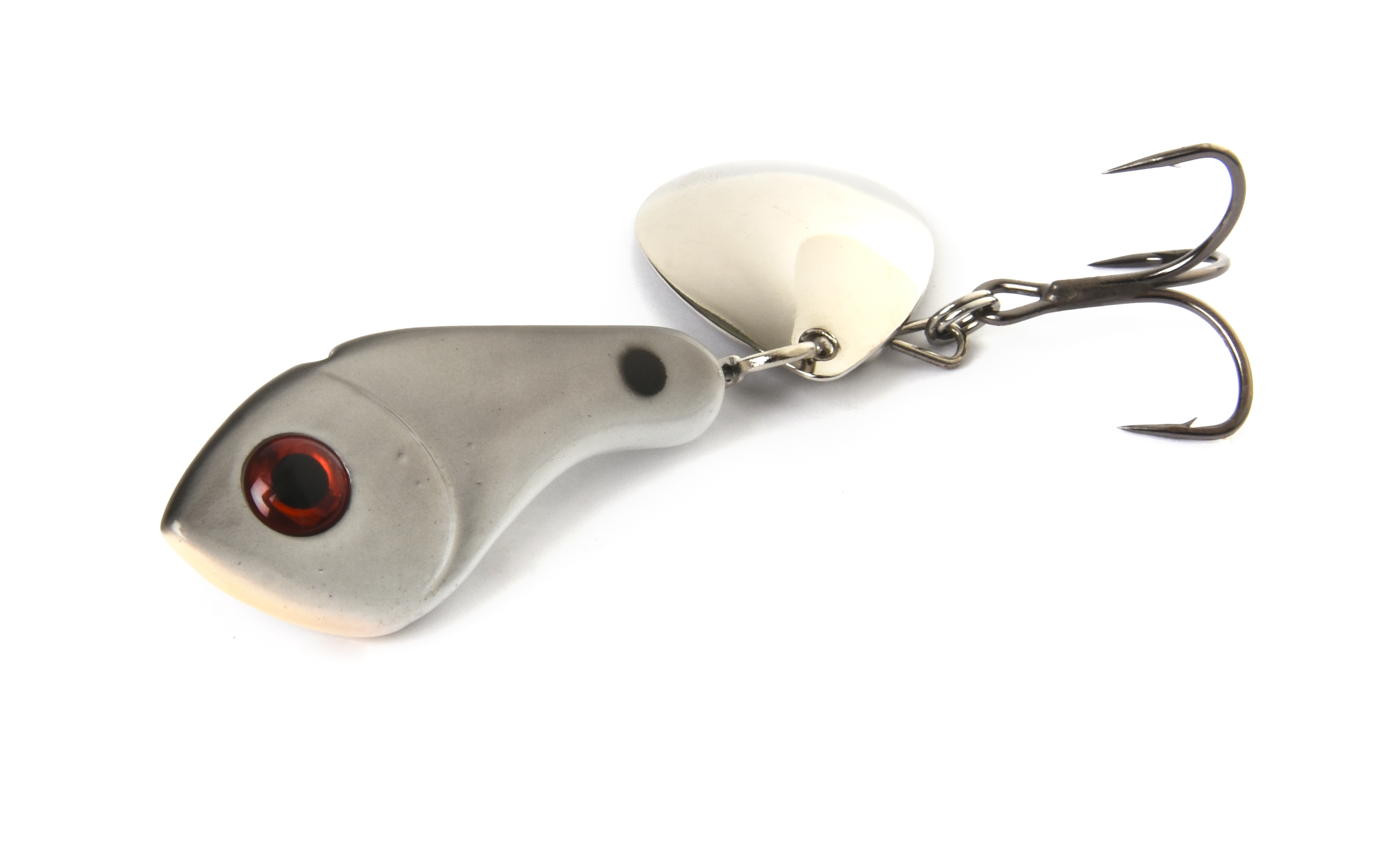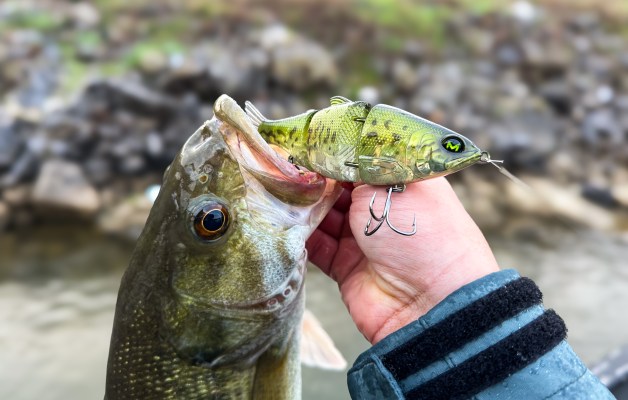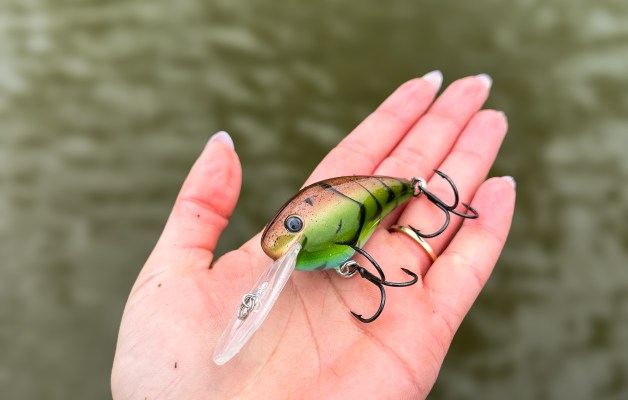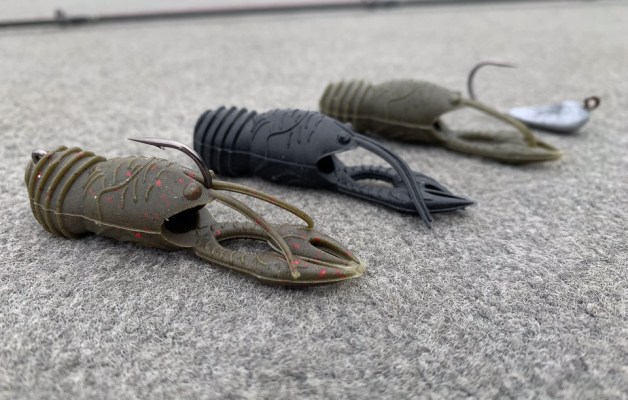
WHAT IS IT?
V&M Lil Hammer Jig
WHAT SETS IT APART?
With the help of Bassmaster Elite Series pro Darold Gleason, V&M has taken an old-school style of bait and made it into something much better that will help anglers catch those tricky bait chasers. The Lil Hammer Jig is a tailspinner that is available in two sizes – 3/4 ounce and 1 ounce. Given that the bait is heavy, it’s going to help anglers make a long cast to reach those schooling fish, or fish that are suspended in deep water. Each Lil Hammer Jig is packaged with a Mustad treble hook, but given that the bait is a line through style, angler’s have the choice to use whatever treble hook they prefer.
HOW DO I USE IT?
Throughout a large part of the country, the late summer and early fall can be a time when bass get dialed in on small baitfish and roam all depths chasing them. Making long casts with a bait like the Lil Hammer Jig can be an effective way to target fish that are schooling near the surface or are all the way down to depths of 40-plus feet. Usually with a bait this heavy, the fish have all the leverage and ability to throw the bait during the fight. The Lil Hammer Jig is built with a line-through construction that keeps the fish from throwing the bait.
HOW MUCH?
$6.99
MORE INFORMATION:
ANGLER’S INSIGHT:
When summer begins to turn into fall, tricking a bass into biting is not always the easiest task. A lot of times, this is when bass key in on extremely small baitfish which makes matching the hatch incredibly difficult. In the South, I often hear of anglers utilizing crappie jigs and other extremely small lures, but this often means that making long casts is more or less out of the question.
Having a bait like the Lil Hammer Jig is the best of both worlds. Despite the two heavy sizes the bait is offered in, the profile of the bait is still very small. When fishing the Lil Hammer Jig, one of the most effective ways to retrieve the bait in most cases is to raise the bait with your rod, then let the bait fall back down the water column, allowing the tailspinner to flash on the way down. Unlike a traditional flutter spoon, it’s not as much of a jerk action as it is a steady raise of the bait.




